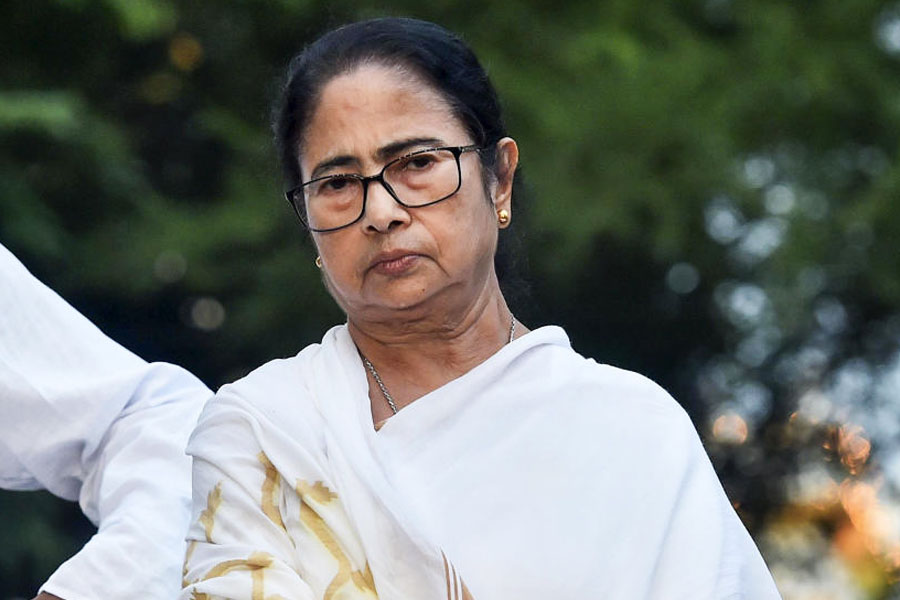 |
| NEW CHAPTER: (From above) Barnes and Noble’s Nook; Amazon’s Kindle and infibeam Pi are some of the popular eReaders |
Entrepreneur Jiger Kothamdi constantly reads on the go while he frequently travels between Nigeria where he is based and India which is home. Not keen on lugging books with him, he was on the lookout for an eReader that would allow him to read without adding to his baggage.
But Kothamdi had a problem. He didn’t want Amazon’s Kindle or Barnes and Noble’s Nook since they were locked into a 3G service provider in the US, not available in India. The owner of the Nigerian company Sewells Pharmaceuticals Limited — and of 600 physical books — zeroed in on the Sony Reader, only to find that it was then not available in India. He had his Eureka moment five months ago when he read a newspaper report about Wink, an electronic book reader from Bangalore-based EC Media.
“I saw the functionality and decided to buy it as it solves my problem of carting books. I can buy the books I want through the ewink store or download from the Net,” says Kothamdi who has 200 titles on his eReader — a nifty electronic device with a screen that enables him to read e-books.
Last month, online books retailer Amazon announced it sold more e-books on its e-book reader Kindle than paperbacks — 115 versus 100. Last year, e-books outsold hard covers on Amazon.
In India, retailers of electronic reading devices believe the market is just taking off. Apart from Kindle and Nook, which have libraries for their hardware devices, bookworms in India can not only choose from standalone devices such as Samsung’s Galaxy Tab (which allows you to read books from Amazon and Barnes and Noble) or Apple’s iPad but are also being wooed by retailers who have entered the Indian market.
Besides, EC Media’s Wink, there is infibeam’s Pi and Vestal’s LeAF which have their own catalogues.
“The worldwide sale of eReaders in 2010 was between 6 million and 8 million,” says Pradeep Palazhi, COO, EC Media International, which is being promoted by Bangalore-based DC Books. “The market grew more than 100 per cent in 2010 compared to 2009. Our projections for the Indian eReader market in 2011 are between 2,00,000 and 2,50,000 units, marking a significant growth from 2010.” The exact numbers are confidential, but in the three months since Wink launched its two models it has sold “a few thousand” eReaders.
Pi was launched last year to an “overwhelming response,” says Neeru Sharma, vice-president, corporate development. “From a few hundred devices sold in the first few months, the number runs into thousands now.” The company has launched another version called infibeam Pi2 which is a Wi-Fi enabled eReader with touchscreen interface.
The latest kid on the block is the Chennai-headquartered Singapore company Vestal which has sold 750 eReaders in less than two months of entering India, with its two versions — LeAF Mega and LeAF Touch Pro — being best sellers. “We have a very good response from the business-to-business sector, especially from education,” says Ganesh Narayan, CEO, Vestal Corporation, Singapore.
The battle now is over the content. “Internationally, publishers are shadow boxing with Amazon.com and Apple store regarding content. Most publishers have given only their book backlist,” says Binoo John, vice-president, content, EC Media. Publishers, he says, are wary of Amazon’s monopoly. “So you will not find any new book in digital stores such as Kindle Store apart from some rare exceptions such as the Keith Richards autobiography Life which you can download on to your PC too,” he adds.
EC Media also claims to be the first in India to launch an iPad application for Indian newspapers and magazines. New Indian Express, Tehelka, Open and others will be available to tablet users soon, John adds.
Questions are being raised on how eReaders with access to newspapers will affect the sales of papers and journals in the long run. “Some newspapers are wary of opening up a digital version,” admits John, but others have signed up.
Palazhi says EM Media’s strengths are the availability of Indian content, support for 15 Indian languages, and focus on the Indian buyer. Similarly, infibeam too has an e-book store of over 1,00,000 titles, with new releases added from the digital world. Pi allows texts in Hindi, Sanskrit and several other Indian languages. “We are not only a device company; rather, we are one of the biggest e-commerce portals in India with the widest selection of books,” says Sharma.
She feels growth opportunities lie in various avenues. These range from the consumer who switches to digital reading to avoid carrying books and newspapers to corporate clients who view this as a good gifting option (“sleek, portable and very handy”). The device can also be adapted to suit educational institutions.
Narayan’s company is focusing on companies and the business sector. The general public, he says, is still to take to eReaders because it’s expensive (Rs 7,000 to Rs 30,000, depending on the model and the make). “India is a market for eReaders specifically in the education and corporate sectors,” he says.
Where does that leave the traditional book — the one with pages that you can touch and turn? “I think eReaders encourage the habit of reading in general and expand readership by bringing texts onto a new tech and cool platform that is attractive to readers,” says Udayan Mitra, senior managing editor, Penguin Books India. He feels the introduction of eReaders will increase readership and book sales with some of the sales in a new format.
Sharma sees it a bit differently. She holds that e-books are an addition to conventional books and don’t replace them. “So even conventional book format publishers will offer their titles in a digital format to generate additional sales in a hassle-free, high margin format,” she explains.
But eReader votary Kothamdi thinks he has a winner. “All in all, I am for the e-book. It is pleasant to hold and you can zoom the words of the book if they are small. It’s a green revolution we all are talking about. I personally have stopped buying paperbacks and gone digital.”
However, Mrinalini Sheshadari, a science fiction enthusiast who picks up at least five paperbacks a month, is sticking to the tried and tested. “I want my books to be page-turners, in the old-fashioned way.”
How long it will take for old to be out is anyone’s guess.
Price range
- EC Media’s Wink Lite: Rs 6,999-7,999
- Wink XTS: Rs 8,999
- Wink X3G: price not disclosed
- infibeam Pi: launched initially at Rs 9,999
- infibeam Pi2: Rs 11,999
- LeAF Basic: Rs 8,999
- LeAF Mega-Q: Rs 29,999
- Amazon Kindle3: $139










